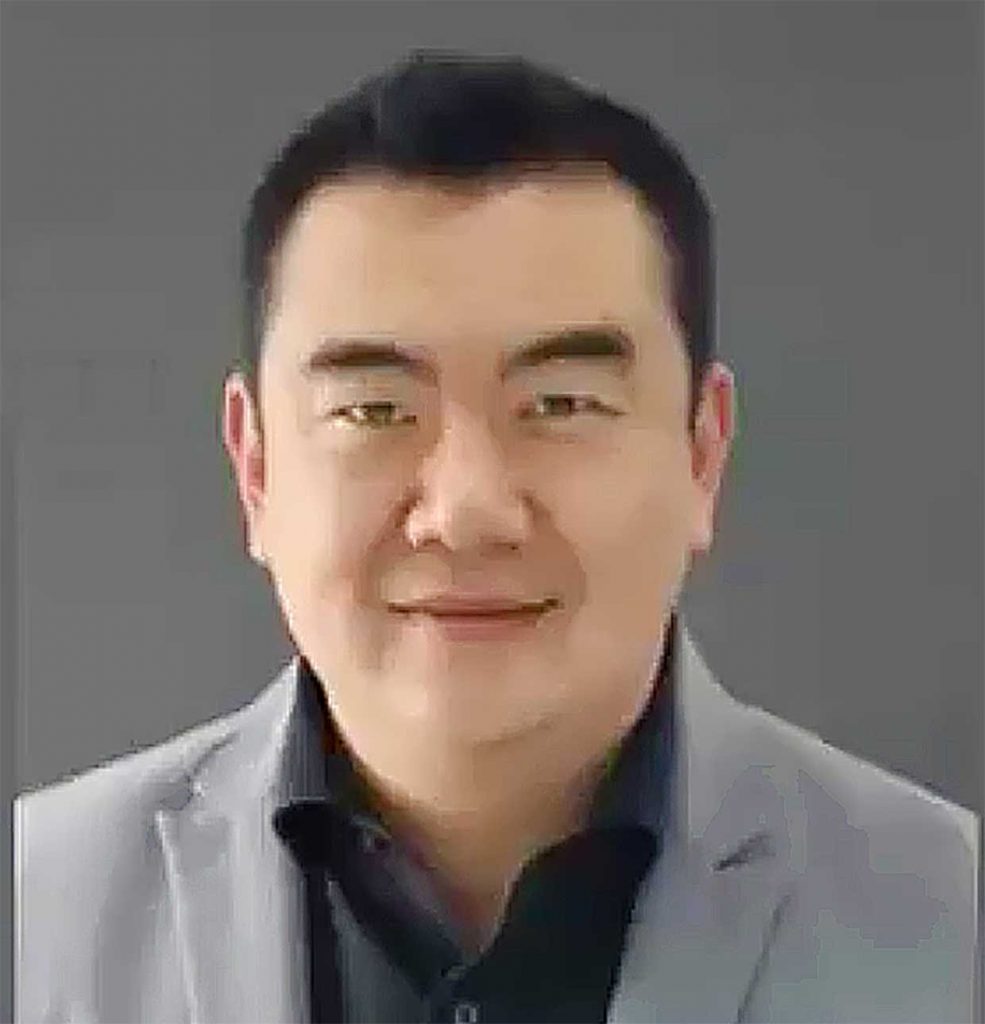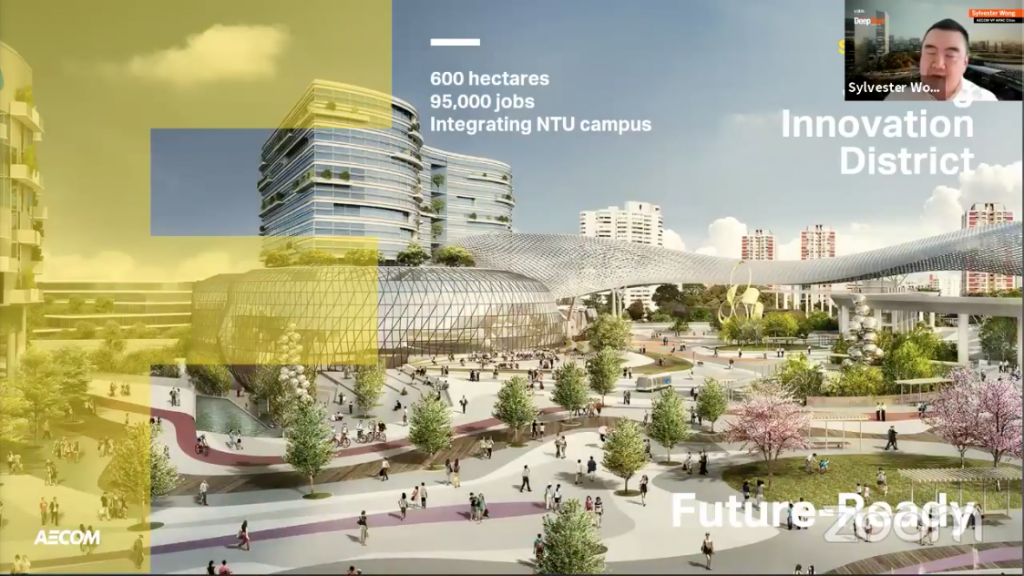When 2020 kicked in, numbers were at an all-time high and hopes were high. But like a thief in the night, COVID-19 quietly seeped through communities and wiped out almost all the optimism we have built.
Before the pandemic disrupted our lifestyles, all eyes were on Central Luzon, particularly in Pampanga, where the Southeast Asian (SEA) Games were held. Brilliant minds such as international infrastructure firm AECOM, multi-awarded architecture and design firm BUDJI+ROYAL Architecture + Design, and Asian Development Bank (ADB) have collaborated with the government, merging each other’s expertise to develop the resilient, sustainable and future-ready community.
As plans were suddenly put to a halt, AECOM head of Cities for Asia Pacific Sylvester Wong, ADB Public-Private Partnership (PPP) specialist Sanjay Groverand, and BUDHJI+ROYAL president and CEO Royal Pineda once again gathered — this time to discuss “How to Build a Better Normal.”
In the second LIXIL Design DeepDive Live Sessions: Build A Better Normal webinar, experts delved deeper into how PPPs could create positive change, new opportunities and a better “new normal” amid the pandemic.

Wong kicked off the discussion by saying that now is the right time to be “bold, bold, bold.”
“We are now definitely in a world of hurt. All of us are enjoying each other’s company on the internet instead of in-person. It is tough. For those of us who can afford to continue our work, it’s great. But for many across the region, it’s a day-by-day existence. And it’s not ending anytime soon,” Wong said.
The economic impact of COVID-19 left various industries in different countries struggling. He advises countries to use this downward trend in economies as an opportunity “to do something strong.”
“Now is the time to do things differently than before… The things from before must give way to collective effort to build our cities,” Wong said.
He introduced innovative approaches to infrastructure and city planning that incorporates social benefits. He shared AECOM’s LIFE (Legacy, Innovation, Future-proof, and Enabled) framework, which explains that cities are not merely about physical legacies but people of the future.
“When we are co-creating with the government, it’s important to give a purpose and outcome. Life means more than just people. It starts with legacy-building. It’s about integrating infrastructure and placemaking with people. Legacy is not just about what you leave behind physically, but what kind of generations you can create in the future,” he said, citing AECOM’s collaboration with Singapore, Hong Kong, and Indonesia’s upcoming new capital.
Cities must also focus on innovation and utilizing data-driven research. He mentioned the data gathered from their wastewater system projects worldwide, which were then used to study patterns of the virus’ spread.
“These data need innovative folks who are thinking through the challenges of urbanization to give us tools, even here in the Philippines, to leapfrog the challenges that we have ahead of us,” he said. “Do you remember when it was difficult to connect by landline because we’re an archipelago, and then all of a sudden in the ‘90s, we became the leader in technology? It’s exactly that kind of leapfrog we want to take advantage of today.”
While future-proofing often focuses on ensuring that cities remain resilient amid the effects of climate change, he emphasizes that conversations on future-readiness go beyond infrastructures.

“People are the factories of the future… I advise a lot of folks to go after and build innovation on talent and start-ups,” he said.
“It’s about harnessing places where people can discover ideas together, and townships are the factories of those ideas,” he said.
He capped his discussion by elaborating on the ‘E’ of the LIFE framework.
Wong shared the National Capital Region (NCR), home to 15 million Filipinos, lacks infrastructure, and only has seven percent of its rail requirement. He also pointed out the lack of physical and digital infrastructure for the freelance industry, composed of roughly 1.2 million Filipinos.
“If we could bridge that — solve the jobs and housing, bring balance, bring jobs out to where people live and bring people to the jobs, then, we start to enable economic recovery in so many ways,” he said.
